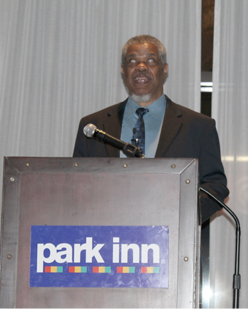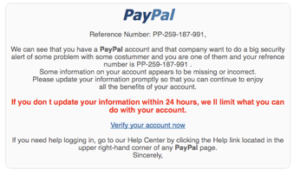
I’d been blogging monthly for nine years when, in January 2016, I decided to put off the post for a week while I considered changes in my life and world. That week turned into a month, then six months of silence.
I questioned my interest in the business that supported me well for 17 years, challenged my ability to write motivational, practical blog posts, and disputed my willingness to participate in an increasingly disassociated and negative online world.
Lost in a world of meaningless chatter, something had to give.
Next thing I knew two years had passed and I hadn’t written a single blog post. I had grown comfortable in my silence.
Then came December, and the problem that caused me to move my website from one hosting company to another. In the process, I had to copy all the page content and blog posts, paste them into the new site, and reformat everything.
It was time consuming.
And it was exhilarating.
Posts I had written in 2007 were still relevant today, and many were more powerful now than when they were first published. Among them, these:
Bob’s Brilliant Marketing Tool
The Law of Attraction: Carport #35
The process renewed my passion for solid, proven marketing communications, and my desire to be “in the thick of it” with my clients. Now, I use silence in a different way, internally and externally. It has become a solace rather than a wall.
Have you stepped away from some aspect of your life, only to discover it anew? What was it, what did you learn, how will you move forward?




 I quickly hit “forward” and sent it to spoof@paypal.com, their designated mailbox for issues like this.
I quickly hit “forward” and sent it to spoof@paypal.com, their designated mailbox for issues like this.
 My name is Linda Anger. I’ve lived my entire life in the state of Michigan, and am proud to spring from a family that has deep roots in the City of Detroit. I come from a long line of entrepreneurs on my patriarchal side. My great-great-grandfather, Edward Stange, became president of The American Brewing Company in 1901. My grandfather, Russell Anger, owned a small manufacturing company once housed on Telegraph near Eight Mile. My dad, Robert Anger, was a self-employed tool-and-die maker. His office was on Grand River near Eight Mile.
My name is Linda Anger. I’ve lived my entire life in the state of Michigan, and am proud to spring from a family that has deep roots in the City of Detroit. I come from a long line of entrepreneurs on my patriarchal side. My great-great-grandfather, Edward Stange, became president of The American Brewing Company in 1901. My grandfather, Russell Anger, owned a small manufacturing company once housed on Telegraph near Eight Mile. My dad, Robert Anger, was a self-employed tool-and-die maker. His office was on Grand River near Eight Mile.

